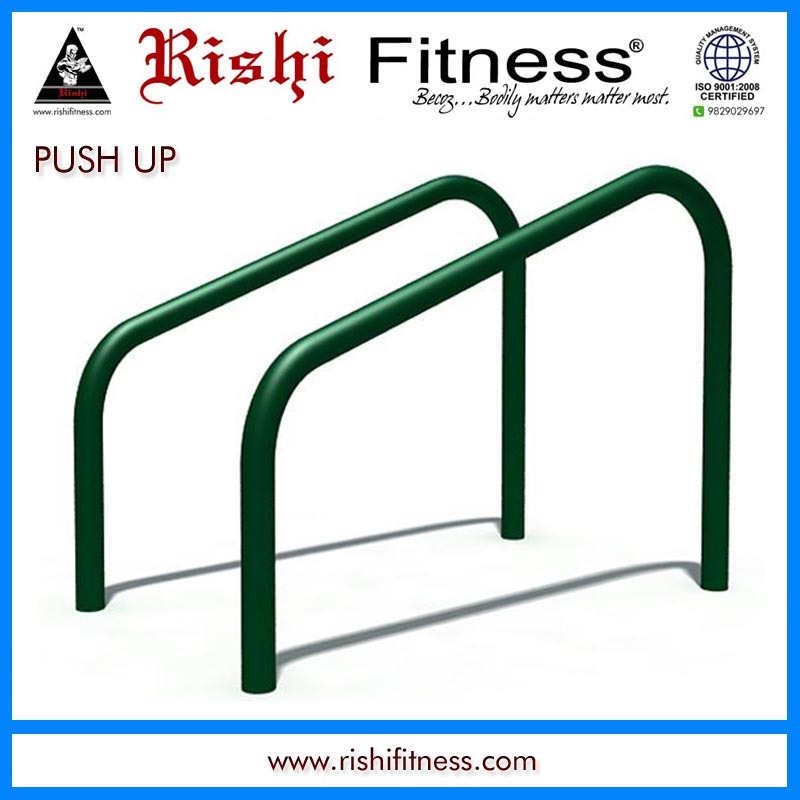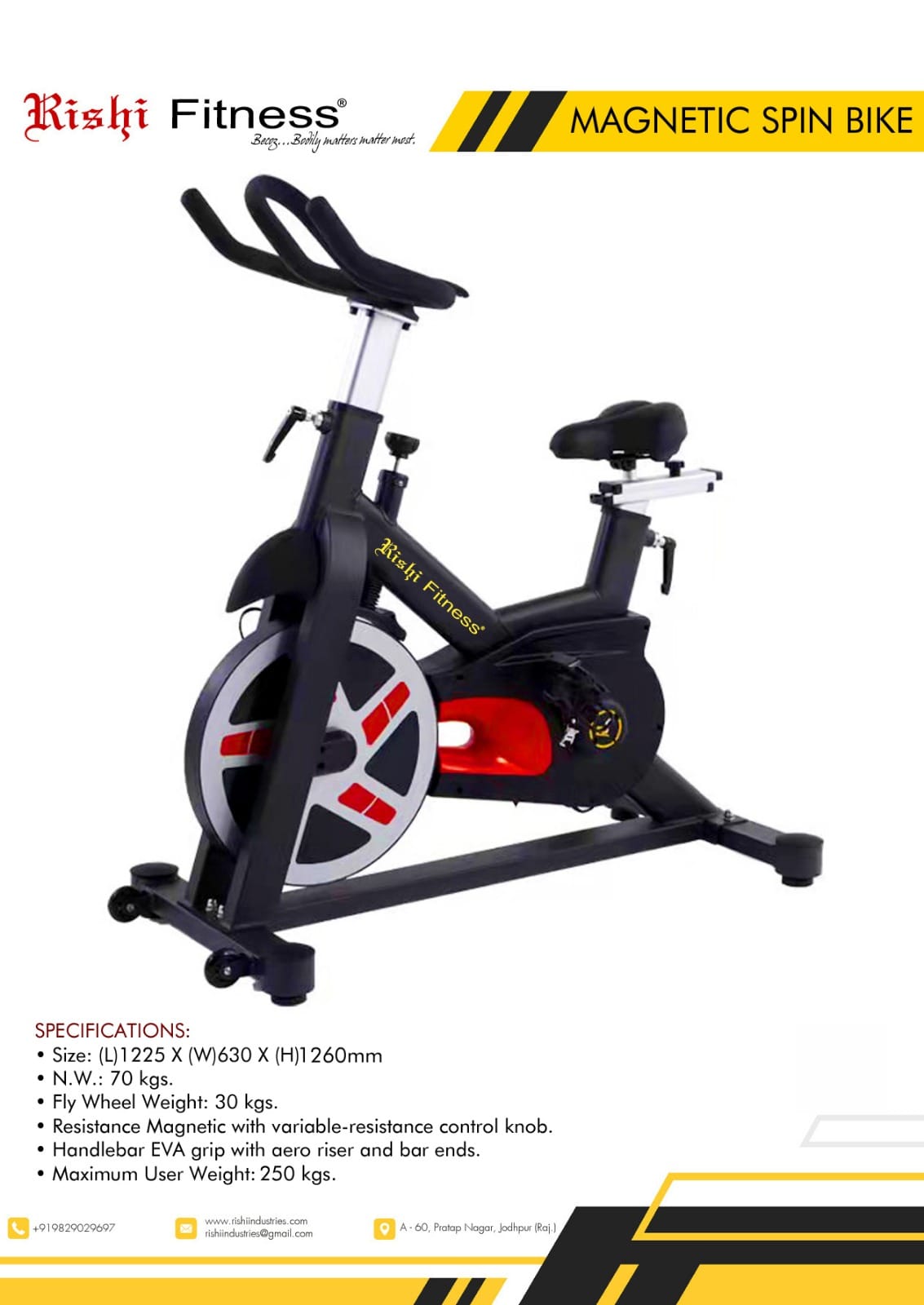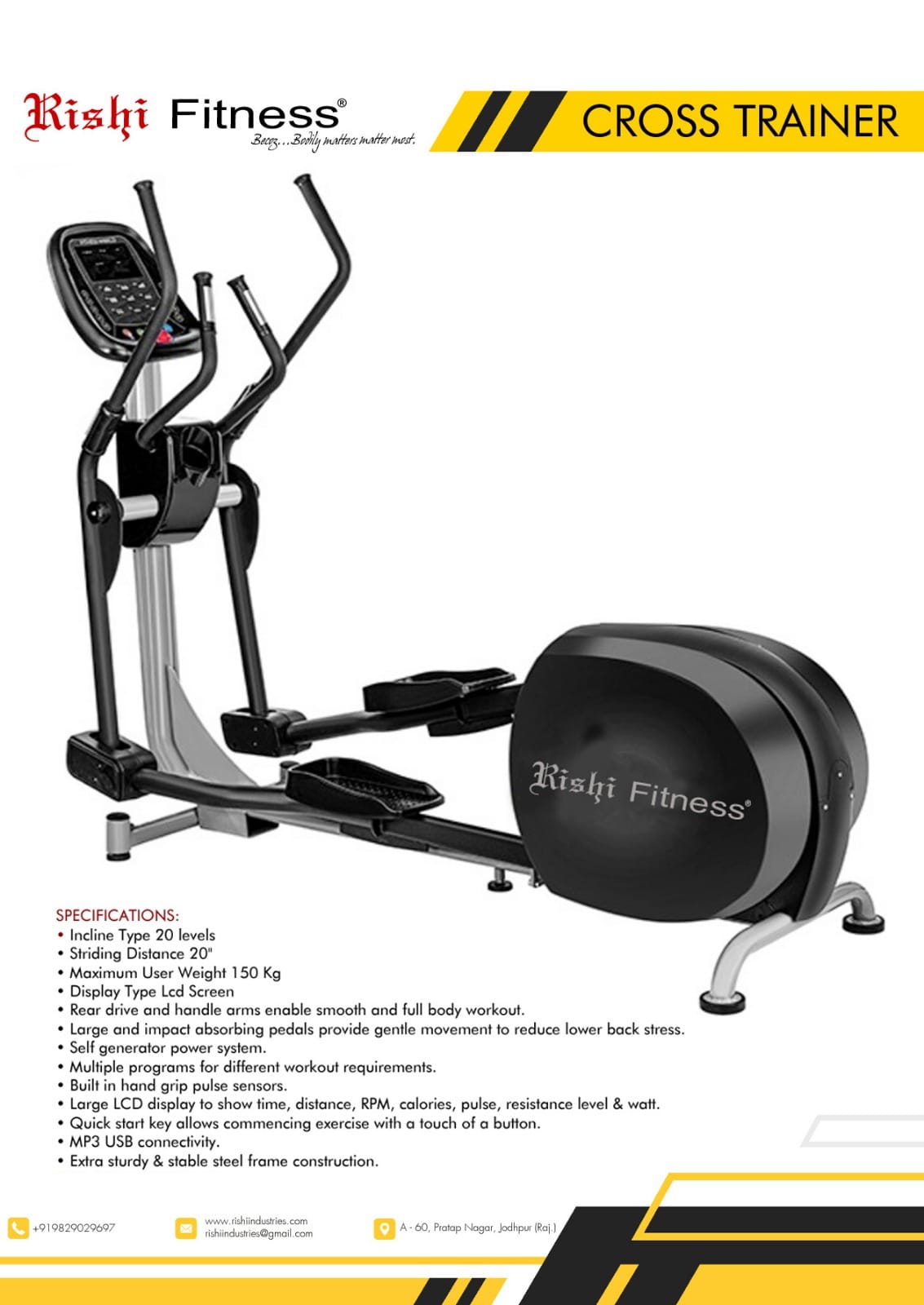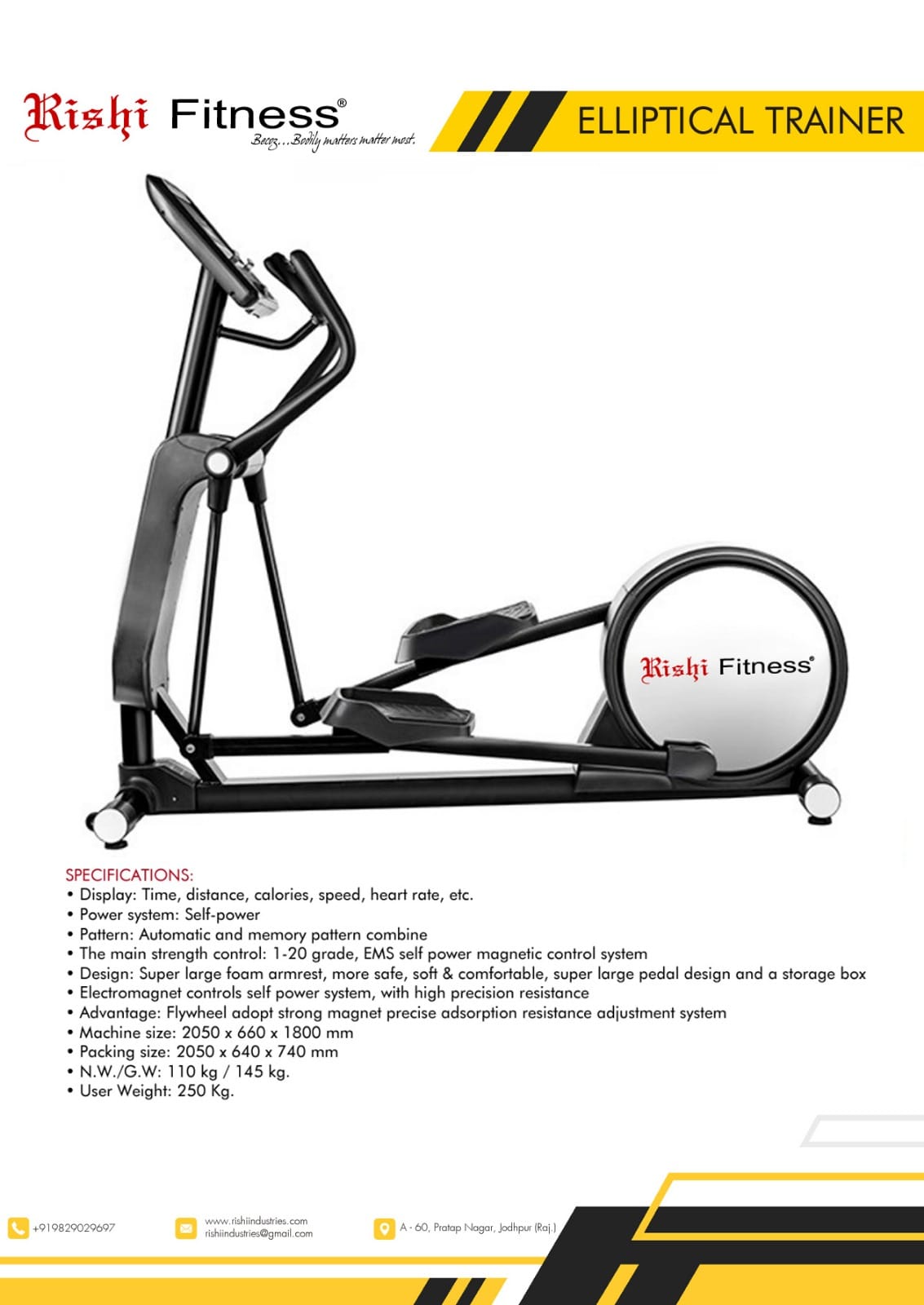Description
Product details
A Push-Up is a classic bodyweight exercise that primarily targets the muscles in your chest, shoulders, triceps, and core. It's a fundamental movement in strength training and is popular for its simplicity and effectiveness. Push-ups can be performed anywhere, making them one of the most accessible exercises for building upper body strength. Key Muscles Worked in a Push-Up: Pectoralis Major (Chest): The push-up is one of the most effective exercises for targeting the pectoralis major, which is the primary muscle in the chest. Triceps Brachii (Arms): Push-ups engage the triceps, which are responsible for the extension of your arms during the push-up movement. Deltoids (Shoulders): The shoulders, particularly the anterior deltoids, assist in the pressing motion, helping to stabilize your arms and upper body. Core Muscles (Abs and Lower Back): A strong core is required to maintain a straight body during the push-up, especially in the plank position. The rectus abdominis, obliques, and lower back muscles are engaged to stabilize the body. Serratus Anterior (Side of the Chest): This muscle helps in the pushing motion and is engaged when you extend your arms and push your body upward. Types of Push-Ups: Standard Push-Up: The most basic form, where you start in a plank position, with your hands slightly wider than shoulder-width apart. Lower your body by bending your elbows, then push back up to the starting position. Knee Push-Up: This modification is great for beginners. Perform the push-up with your knees on the ground instead of your toes. This reduces the amount of body weight you're pushing and helps you build strength. Wide-Grip Push-Up: In this variation, your hands are placed wider than the standard position, which places more emphasis on the chest muscles and less on the triceps. Close-Grip (Diamond) Push-Up: Hands are placed closer together, often forming a diamond shape with your thumbs and index fingers. This variation places greater emphasis on the triceps and the inner part of the chest. Incline Push-Up: Performed with your hands elevated on a bench, box, or platform. This variation makes the push-up easier and is often used by beginners or people who are working on building strength. Decline Push-Up: In this variation, your feet are elevated on a bench or platform, which shifts more weight onto the upper chest and shoulders, making the exercise more challenging. Clapping Push-Up: A more advanced version where you explosively push your body up and clap your hands before returning to the starting position. This variation develops explosive strength and power. Archer Push-Up: This is a more challenging variation where one arm does the majority of the work while the other arm stays extended out to the side. It mimics the action of drawing a bow and strengthens each side of the chest independently. Plyometric Push-Up: Involves an explosive motion where your hands leave the ground, usually with a jump or clap, before coming back down. This variation helps increase muscular power and endurance. Benefits of Push-Ups: Upper Body Strength: Push-ups are a great way to build strength in the upper body, particularly in the chest, shoulders, and arms. They can be modified for various fitness levels. Core Stability: Because you have to maintain a stable body position, push-ups engage and strengthen the core, including the abs and lower back muscles.Improved Posture: Strong chest, shoulder, and core muscles from regular push-ups can lead to better posture by helping to counterbalance the muscles that pull the body into a slouched position. Muscle Endurance: Doing push-ups for higher repetitions can help improve muscular endurance and stamina in the chest, arms, and core. No Equipment Required: Push-ups are a bodyweight exercise, meaning you don’t need any equipment. This makes them perfect for at-home workouts or on-the-go exercise routines. Functional Strength: The pushing motion of a push-up translates to many daily activities, helping with tasks that require you to push, lift, or carry objects. Versatility: Push-ups can be varied in countless ways to target different muscle groups, increase intensity, or cater to various fitness levels. How to Perform a Standard Push-Up: Starting Position: Begin in a plank position with your hands placed slightly wider than shoulder-width apart. Your body should form a straight line from your head to your heels (or knees if you're doing knee push-ups). Lowering Phase: Slowly lower your body toward the ground by bending your elbows at about a 45-degree angle to your torso. Keep your elbows tracking in line with your body, not flaring out too wide. Lower your body until your chest is just above the floor (or as low as you can comfortably go). Pushing Phase: Push through your palms and straighten your elbows to lift your body back up to the starting position. Focus on maintaining a tight core throughout the movement, keeping your body






